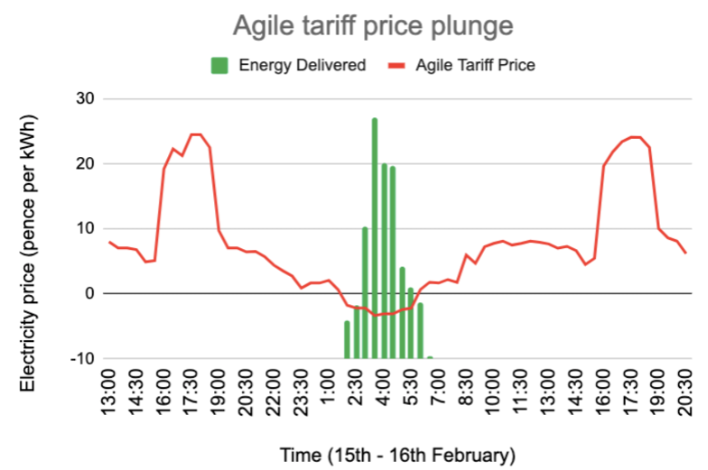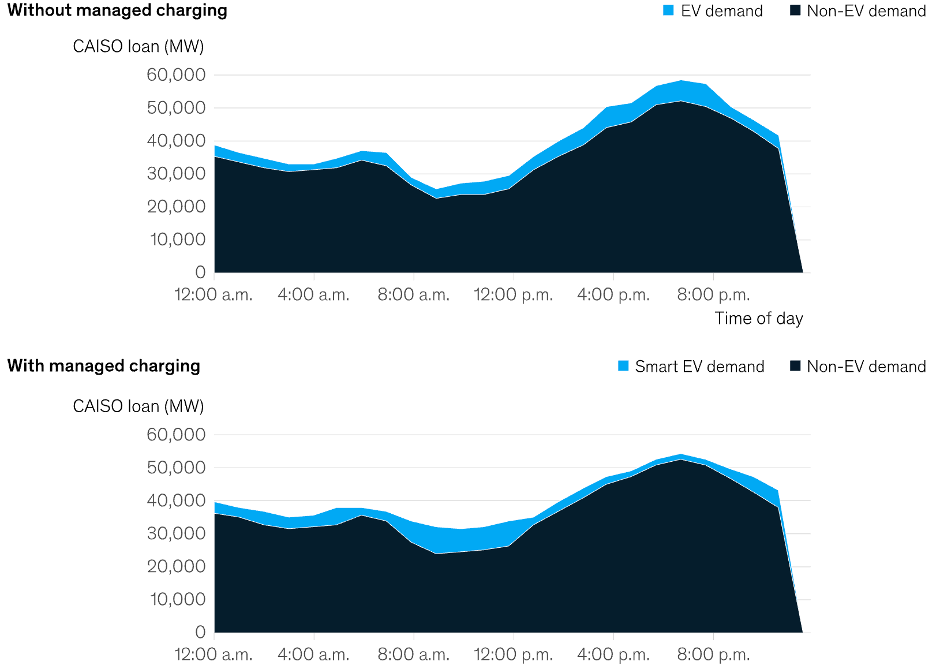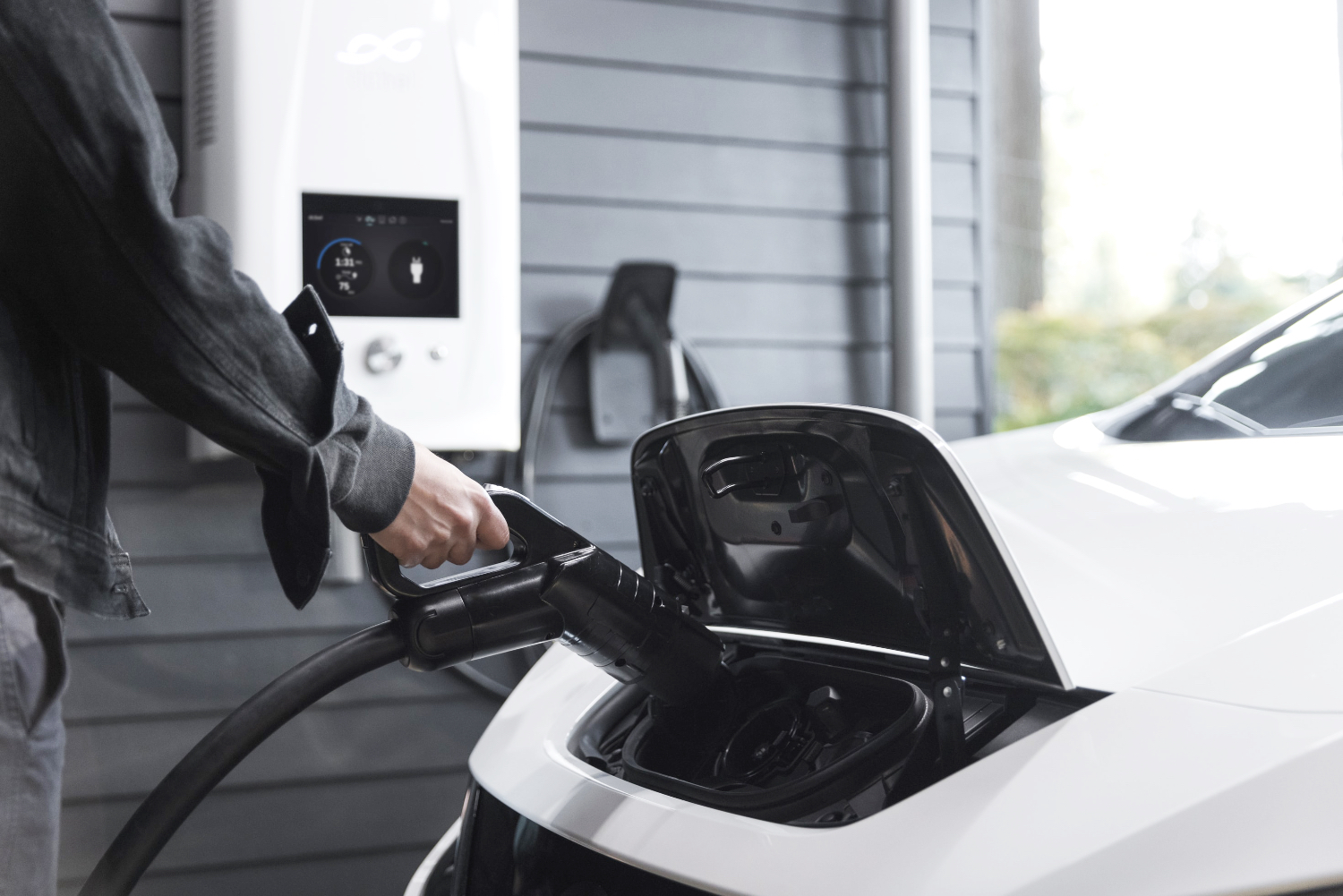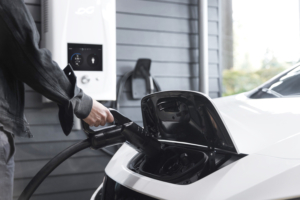7月20日から連載でお送りしている、e-モビリティ特集。第3回目はスマート充電市場を深く掘り下げ、この分野のキープレイヤーや最近の動向を紹介します。
このインサイトについて、さらに詳しく動画で解説しています(10:00)音声:英語 / 日本語字幕付き
eMobility: winning models and upcoming opportunities (3/4) – smart charging
In this third part of a four-articles series on eMobility, we will deep dive on smart charging and introduce three key players.
What is Smart Charging?
Smart charging enables the control of charging sessions remotely. This is used primarily to optimize energy consumption and costs. For instance, setting your charging to start at night when rates are lower.
There are 2 primary ways to control charging:

- Through a smart charger
The charger is connected to the cloud, transmits data and receives commands via an individual application or an energy management system.
Recent chargers from CPOs (e.g. ChargePoint, EVBox, Enel-X) and startups (e.g. Wallbox, EO Charging) are smart, i.e. can be controlled remotely.
For instance, Wallbox owners can control their chargers and optimize their charging to reduce their electricity bills.
- Through a direction connection with the car
Recent EVs (>2016) from major manufacturers (e.g. Tesla, Volkswagen, GM, Hyundai, Nissan /Renault, etc) have embedded controller and communication systems allowing, among other things to control the battery and charging sessions.
E.g. SmartCar, a cross OEM platform to control cars, is exposing EV charging control in their API (below)

What are the benefits of Smart Charging?
- To the EV owner, existing studies in the UK show that the electricity bill can be reduced by roughly 15% under current market conditions. For an average EV owner using his vehicle to commute to work, this saving can represent 150 GBP / year.

With the introduction of renewables on the grid the price volatility will increase and during high production times, this overflow of energy could cause the price to be negative. The example below shows the impact of a storm in the UK on February 15th 2021. The wind generated in the North Sea flooded the UK’s power grid, causing wholesale power prices to drop to as low as -3.51 p/kWh overnight.

The above example was exceptional, however, inCalifornia, the increase of solar based production is structurally driving down the cost of electricity during the day.

2. To the overall Grid and power production
<Load optimization>
With the introduction of EVs, the load on the grid will increase. With optimized EV charging time, peak loads can be significantly reduced. Below graphs are projections on the German power demand in 2040. The first, without optimization, shows a peak demand of almost 60 GW, while the second, with optimization, shows a peak of ~55 GW. This reduction represents significant reduction in production and related assets.

<Frequency stabilization>
The frequency (e.g. 50Hz in EU, 60Hz in the US) of the electricity circulating in the grid needs to be constantly controlled and kept “in synch” to avoid damaging critical infrastructures (transformers, substations, etc). Renewable energy is highly disruptive as its frequency varies significantly(e.g. the frequency of electricity generated by Turbines is linked to the speed of wind).As the amount of renewable energy production increases, the need for grid frequency stabilization surges. Smart charging can be leveraged to stabilize the frequency by reducing demand in selected areas. The batteries of EVs can be further leveraged to stabilize the frequency through bidirectional charging (to be covered in our last article).
Example SmartCharging enabler: Jedlix
Jedlix is a Dutch startup active since 2016 that has developed a platform to optimize the charging & discharging of electric vehicles by communicating directly with EVs (i.e. charger agnostic). Jedlix partners up with electricity transmission and distribution operators(e.g. ENEDIS in France, Tennet in the Netherlands) to monetize the flexibility of EVs on its platform (controlled power demand through Smart Charging) on energy and balancing markets (ancillary services).
EVs connected to Jedlix only charge when there is enough renewable energy(demand flexibility) on the grid and when electricity prices are optimal. Jedlix users thus benefit from lower electricity bills (managed charging) but also get rewarded from the demand flexibility sold on ancillary services. Jedlix is also partnering with OEMs (e.g. Renault) to reduce the total cost of ownership of EVs through the monetization mentioned above.
While Jedlix is a front runner in this space, a few other startups have developed similar platforms, e.g. FlexCharging (US) and ev.energy(UK).
EIS Insight
- Smart charging and energy management will become critical functions as the number of EVs on the road increases. The early movers will be able to acquire significant data (EV owner behavior, impact and value for the grid) and know-how.
- Platforms such as Jedlix, Flex charging or ev.energy are already getting significant attention from electric utilities (e.g. OVO acquired Kaluza in 2019),OEMs, CPOs and fleet management companies (Geotab acquired FleetCarma in 2018).
- This attention will drive M&A in this sector in the months / years to come and interested parties should move quickly.
Reference
- McKinsey & Company
- ev.energy
- Jedlix
- FlexCharging
- smartcar
- Cover photo credit: Jedlix



